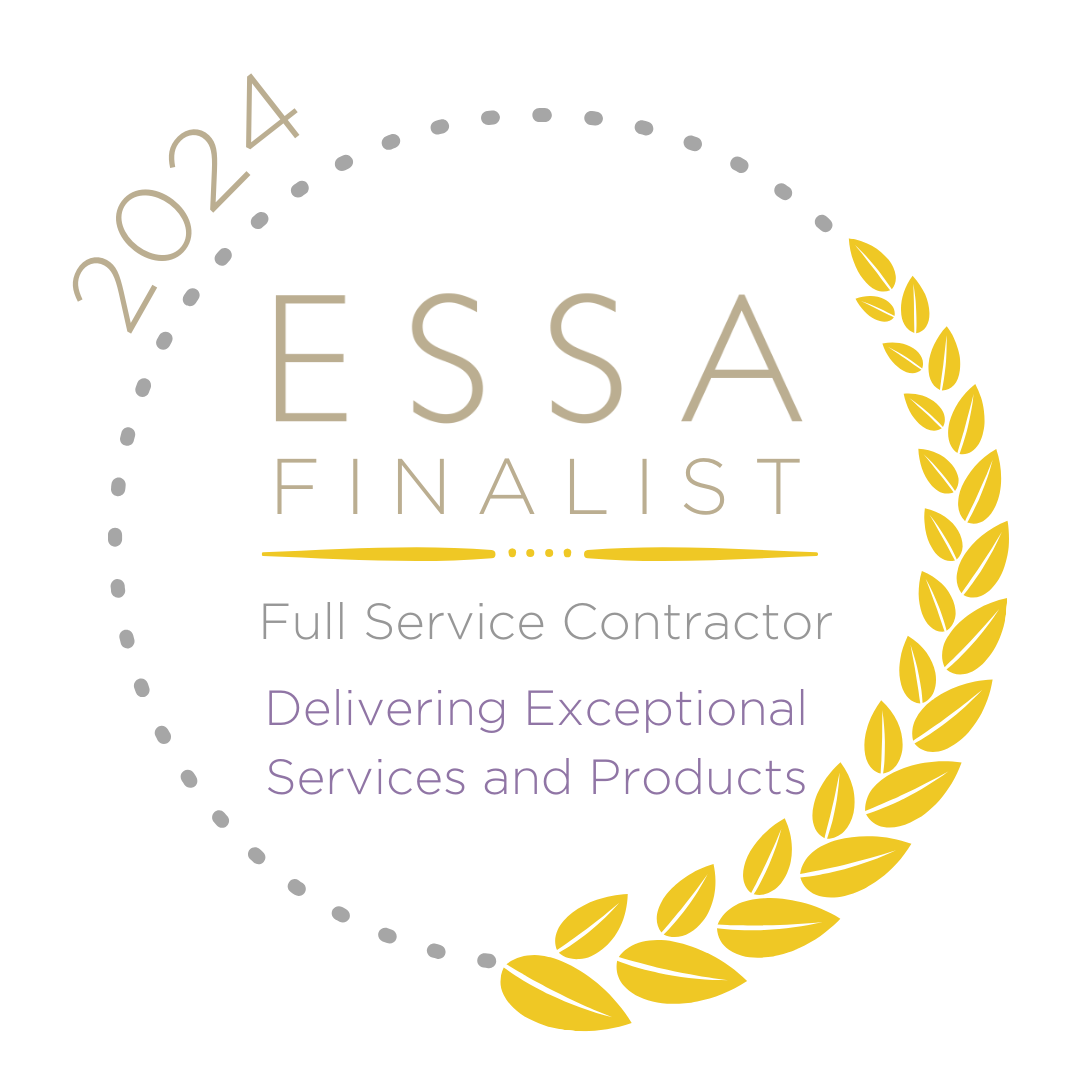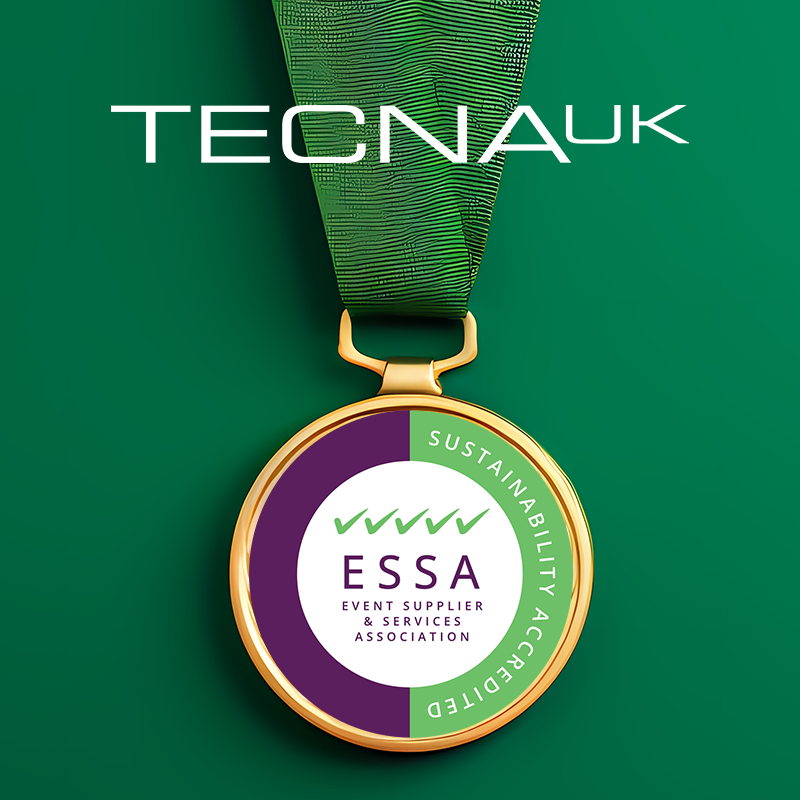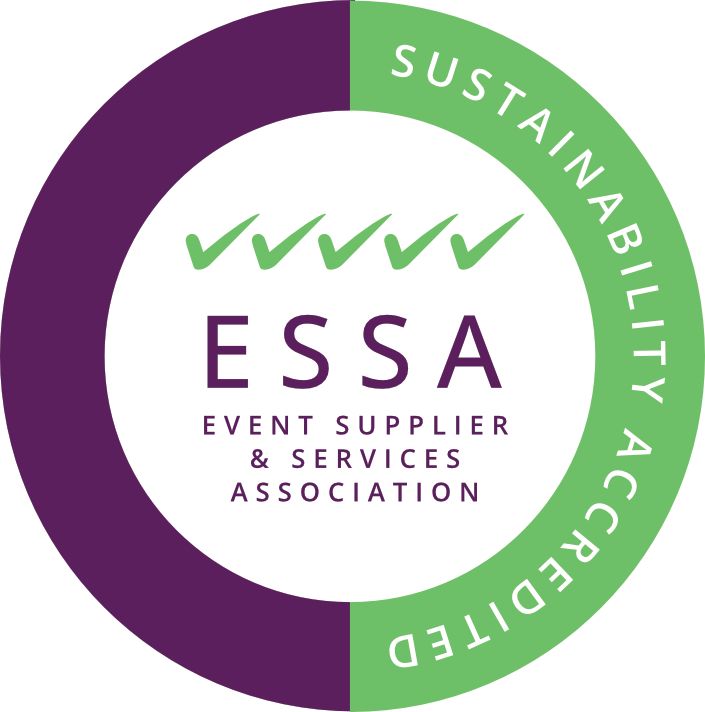A Guide To Graphic Substrates For Modular Displays
Volume 2: Dibond, Polycarbonates & Correx
In volume two of our graphic substrates guides, we examine three more popular graphic substrates: Dibond, Polycarbonate and Correx.
Dibond
What is Dibond?
Although commonly referred to by its trade name, Dibond is, in fact, aluminium composite sheets. Dibond is a composite of two aluminium sheets (sometimes referred to as faces) that sandwich a polyethylene core.
The Pros
With aluminium on the outside and plastic on the inside, Dibond is brilliantly practical. Indeed, this metal-plastic hybrid benefits from the rigidity of a metal substrate with the added benefit of being lightweight.
Dibond is also recyclable, so it is a promising contender as an eco-friendly option. And it’s versatile: it can be bought in a matte, glossy or mirrored finish. To top it off, Dibond is non-corrosive and can withstand outdoor weather conditions without falling victim to rust.
The Cons
Whilst it is relatively lightweight, Dibond is still heavier than some other substrates on the market by quite a way. Moreover, when Dibond is cut and the edges are left unfinished, it can be rough to the touch; this is especially problematic when Dibond is used to create countertops… Ouch! Although a finish can be applied to Dibond to smooth out the roughness, this is time consuming, and as the saying goes, time is money.
Note: Dibond needs to be stored flat because when stored upright it starts to bow – so bear that in mind.
When to use Dibond
Prized for its machinability, Dibond can be cut into all sorts of interesting shapes with ease and so is a good choice for creating unique-looking displays. At Tecna UK, we commonly use Dibond to create quick countertops, though we prefer to use wood (see above), and doors, because of its rigidity and glossy finish. Dibond can be used to create the main body of a display, though we do not recommend this as it can become quite heavy and cumbersome to transport and put up.
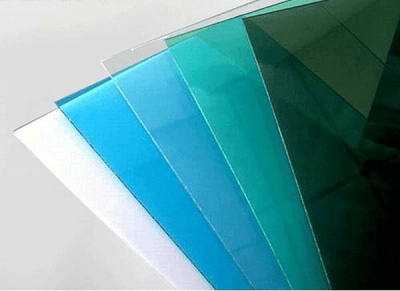
Polycarbonates
What is a Polycarbonate?
Polycarbonates belong to a group known as thermoplastics. Plastics belonging to this group get their name from the way that they respond to heat. More specifically, when heated to their melting point, thermoplastics liquify, which for Polycarbonates is 155 degrees Celsius. Polycarbonates don’t burn, and they can be melted time and time again with minimal degradation.
The Pros
The presence of Polycarbonates as a graphic substrate for displays has become somewhat ubiquitous across all industries, and the popularisation of this type of substrate comes with good reason.
For starters, Polycarbonates, renowned for their rigidity and weatherability, can withstand a lot of adversity, which in turn means a lower rate of damage. This, together with minimal degradation when melted, equates to higher return on investment. Bonus!
Polycarbonate is also a popular choice of alternative for glass. Not only is it shatter proof, Polycarbonate can be transparent, and it is also more lightweight and durable, with 250 times the impact resistance of glass.
The Cons
Like everything, what goes up must come down, and despite its many positives, Polycarbonate has its downside. Compared to an acrylic alternative, Polycarbonate can be pretty pricey, with some estimates at around a 35% higher cost than acrylic.
Likewise, because it is relatively soft, the outer surfaces are prone to scratching, unless scratch-resistant coatings are applied.
When to use Polycarbonate?
To reiterate what has been mentioned above, Polycarbonate is a thermoplastic polymer, which means that it can be easily worked and moulded above a certain temperature. This is known as thermoforming. Thanks to their malleability, this graphic substrate is perfect for a display that incorporates curves or has a slightly more ambitious design.
Because they can be produced with remarkable transparency, Polycarbonates can be used for a number of applications in place of glass. If you want to incorporate windows into your display that are less cumbersome to carry and less prone to damage than glass, Polycarbonates are the way to go. Plus, thanks to their durability, they’re a great choice of substrate when planning to create an outdoor display.
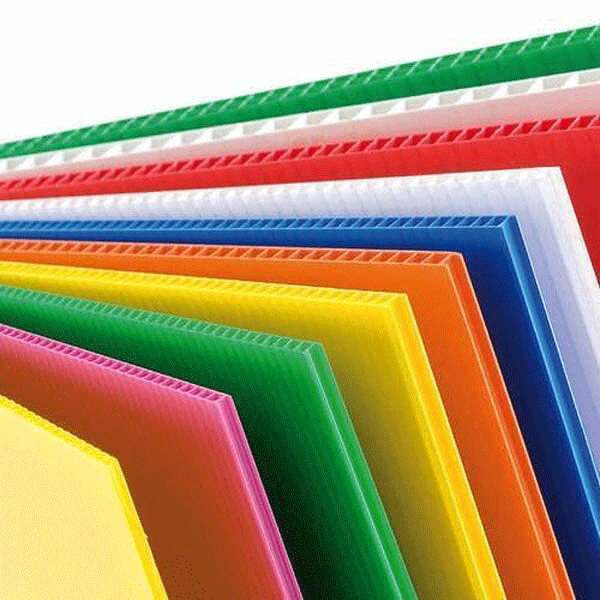
Correx
What is Correx?
Much like Dibond, Correx is a trade name which, in this case, is awarded to corrugated plastic.
The Pros
Correx is by far the most lightweight of the three substrates covered. Made entirely of lightweight polypropylene, Correx can be transported and lifted with ease. Likewise, it is durable, weatherproof, and recyclable.
The Cons
Being lightweight can, as seen above, work to one’s advantage, but in the case of Correx, it can unfortunately prove to be a hindrance. Having created displays with Correx for clients, Tecna UK has come to find that Correx tends to bend when left erected for too long.
The finish on Correx is another downside. That is, the fluting on the inside of Correx causes ridges to form on its outer layers, dampening the overall quality and aesthetic appearance of the printed graphics.
When to use Correx
As the most lightweight substrate out of the three, Correx is a great choice for an easily transportable display; no heavy lifting. If there are only a few people available to install a display, Correx is a practical solution for ease of display construction. It’s weatherability also makes it, like Dibond, a potential contender for outdoor displays.
Check out our other guide!
If you have previously found it difficult to differentiate between the various graphic substrates, hopefully this guide will have nudged you on your way to making a choice that works for you moving forward. If you’d like to find out about other types of substrate, check out volume 1 to read about Foamex, tension fabric, and semi-rigid PVC.
Copyright © 2023 All Rights Reserved by Tecna UK Ltd Registered Company Number: 06459394

